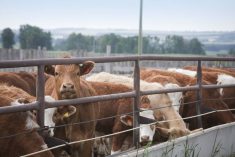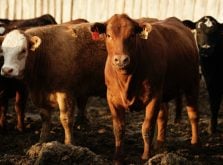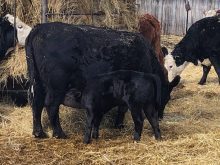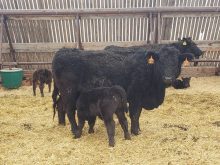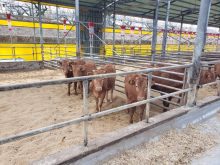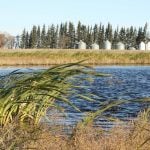It’s easy to envision beef heifers that give birth to their first calf only as a younger version of mature brood cows. However, they do have extra challenges after calving that must be addressed to get rebred in the next few months. As young animals, giving birth for the first time and nursing a newborn is a real shock to their system, and it can take weeks to recover. That’s why a good feeding program should continue after calving in preparation for a successful breeding season.
As a matter of routine, many profitable cow-calf operations I deal with have already separated their bred first-calf heifers from the rest of the cow herd going into the winter. They also have bred them (last year) about three weeks ahead of the main cow herd so they calve earlier (in the present year) and to allow a natural 20-30 days of extra postpartum interval.
It’s precious time to return and repair their uterus to normal involution (size) and to return to active estrus cycles. All the while, they are nursing a newborn calf and maybe putting on some growth themselves. In the end, it is also time to synchronize the future calving seasons of these young cows with the older brood cows.
Read Also
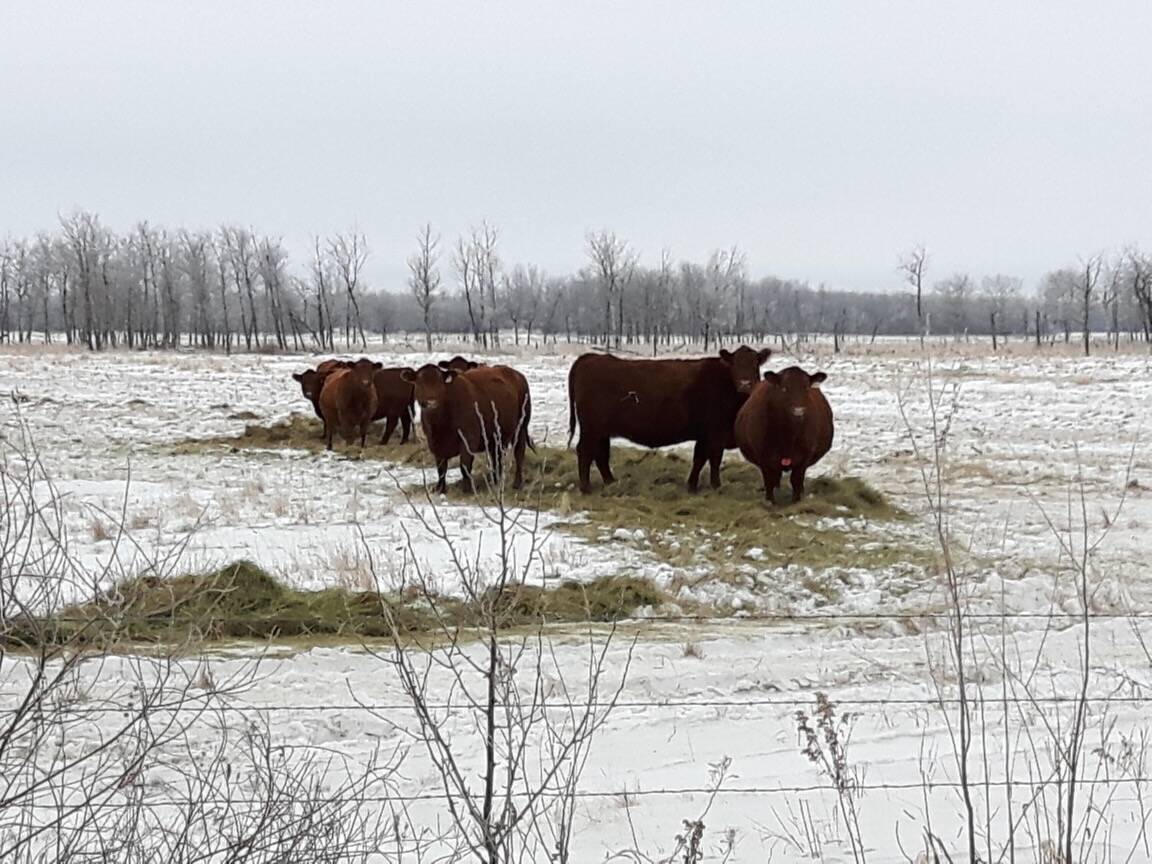
Prevent nitrate poisoning in overwintering beef cows
High-nitrate feeds can be deadly for overwintering beef cows. They can be used, but only if they’re processed and diluted in a lower nitrate ration.
Starts on day one
All these undertakings start on the day of calving. A good body condition at this time must be maintained over the next few months as it will improve upcoming reproductive performance. The optimum body condition score (BCS) of five to six on a scale ranging from zero to nine is an indication of her current nutritional status, which is the single most important factor that controls postpartum interval, milk production, estrus strength, services per conception and ultimately successful rebreeding.
[RELATED] Canadian Cattlemen: Picking replacement heifers
As a ruminant nutritionist, I believe that maintenance of optimum BCS from calving to breeding season in first-calf heifers starts in hindsight, with a well-balanced overwinter feeding program containing 55-58 per cent TDN and 10-11 per cent protein. Then, ever so slightly, it increases this plane of nutrition within weeks of calving, ending with a post-calving/ lactation diet of 62-63 per cent TDN and 11-12 per cent protein. This is a fortified continuation of these previous gestation diets.
The dietary nutrient requirements of these calved-out first-calf heifers are really no different than a mature beef cow’s on a kilo-for-kilo basis. Yet they must be condensed into a denser post-calving diet due to the heifer’s lower dry matter intake (DMI) and lower forage gut capacity. Furthermore, within a few weeks of calving, first-calf heifers experience about a 20 per cent decrease in DMI, which must be built back up after calving or be prone to a drop in precious body condition.
Some suggested diets
Given that a post-calving first-calf heifer should consume about 2.5 per cent of her bodyweight in feed, a typical heifer weighting 1,000- 1,100 lbs. should consume 25 lbs. of feed on a dry matter basis per day. Here are three lactation diets I have set up for a few Prairie beef producers in the last few months. They are geared for replacement heifers that are ready to calve in mid-February to the beginning of March:
- #1 — 25 lbs. mixed alfalfa-grass hay, three lbs. of barley and three oz. of a 1:1 breeder mineral.
- #2 — 30 lbs. of barley silage, 12 lbs. of grass hay, two lbs. of DDGS and three oz of a 2:1 breeder mineral.
- #3 — 20 lbs. barley silage, 15 lbs. of first-cut alfalfa hay and four lbs. of screening pellets.
The common thread among these diets is that forages were taken from on-farm inventories that were saved for the later part of winter to help meet these post-calving nutrient requirements. I didn’t feed lower-quality forages such as straw to avoid challenging a heifer’s limited feed intake. But I allowed some extra energy such as a couple more pounds of grain or DDGS to added in each diet when the windchill temperature dips below -18 C.
[RELATED] Canadian Cattlemen: Nutrition 101 for replacement heifers
I expect that as the weather gets warmer and these heifers are 60 days postpartum, all grain feed will likely be eliminated, and less barley silage might be fed (ration #2 and #3) and replaced by grass hay. This is done to still help them grow, still produce milk and prevent any animal from getting too fat. Best of all, it prepares them for a successful breeding season.





